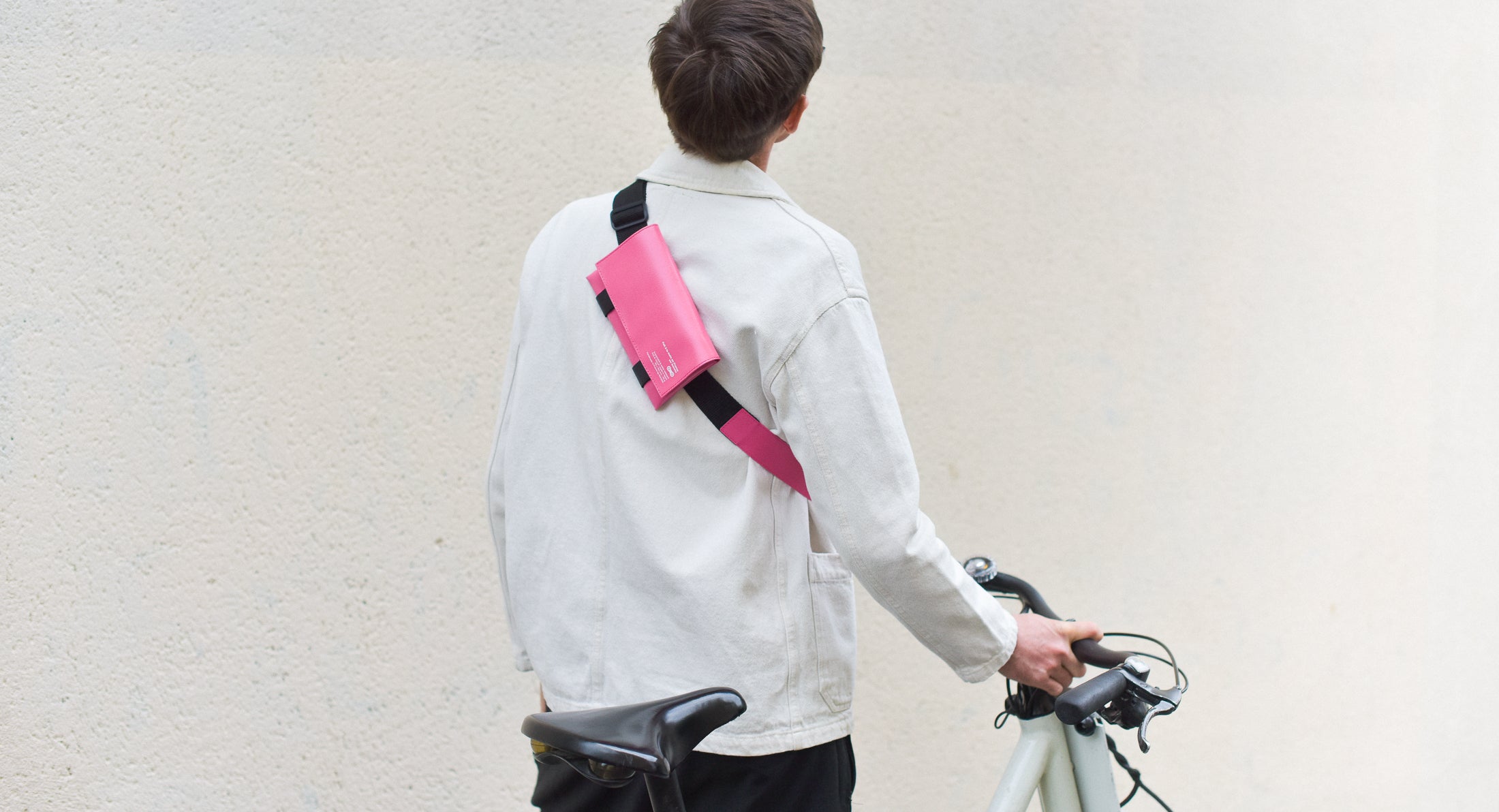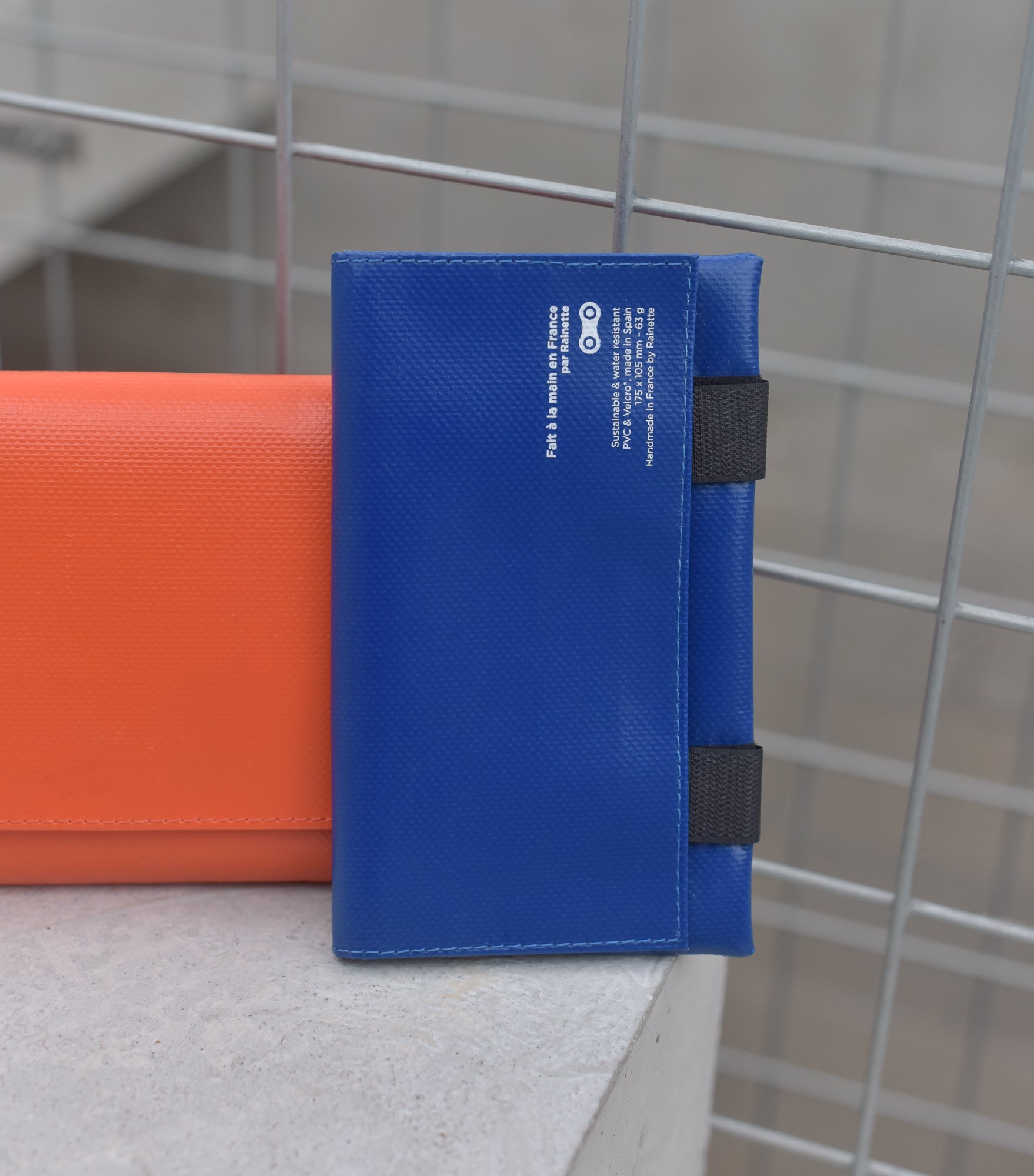Winter is approaching and, with it, weather conditions that can make cycling more difficult and dangerous. However, with the right preparation, you can continue to enjoy your rides in complete safety and comfort. With careful maintenance of your equipment and by adopting the right behaviors, cycling can remain a pleasure even in the most inclement weather conditions.
Bike maintenance and preparation: the best way to face winter
General verification
Before the first cold weather arrives, it's crucial to carry out a complete check-up of your bike. Make sure all components are in good condition and working properly.
The most obvious thing to do is to check the condition of your brakes. Check brake pads, brake shoes and discs for wear. Replace them if necessary to ensure good braking power on potentially slippery roads.
Make sure you also clean and lubricate the chain and transmission components. Use lubrication suitable for wet conditions to prevent rusting and seizing.
Inspect tires for wear or tears. Consider switching to winter tires with better grip for wet or snowy roads.
Cleaning and protection
Winter often brings mud and other debris that can accelerate wear or damage your bike. A thorough cleaning before the onset of winter is therefore essential, and should be repeated regularly.
Wash your bike frequently to remove mud and dirt. Use lukewarm water and a mild detergent to clean the frame, wheels and drivetrain.
Using suitable products to protect your bike is also recommended. Apply a coat of wax or frame protector to prevent corrosion. Use specific products to protect chain and gears against rust.
Specific winter adjustments
If you don't already have one, install mudguards to protect you from mud and water splashes, and keep your clothes cleaner.
A chain guard can also help protect the chain and transmission from dirt and debris.
In winter, days are shorter. Make sure your front and rear lights are working properly, and consider adding extra reflectors to increase your visibility.
Winter clothing and equipment for cyclists
Thermal and waterproof clothing
To ride comfortably in winter, it's not enough to prepare your bike: the cyclist also deserves a little attention. It's important to be well equipped against cold and damp.
Covering up with several layers of clothing is essential. A thermal base layer to wick away perspiration, a mid-layer for insulation and a waterproof outer layer to protect you from rain and snow.
If possible, choose cycling-specific clothing designed to be waterproof yet breathable.
Insulated, waterproof gloves are essential to keep your hands warm and ensure a good grip on the handlebars.
Use winter shoes and overshoes to protect your feet from the cold and splashes.
Safety accessories
Safety is paramount in winter due to reduced visibility and potentially slippery roads.
Install powerful front and rear lights and make sure they are charged or have fresh batteries. Use flashing lights to attract more attention.
Wear clothing with reflective elements and add reflective strips to the frame or wheels of your bike to be visible from all angles. And don't hesitate to wear brightly colored or fluorescent clothing, which greatly improves your visibility during the day.
In winter, a well-fitting helmet, possibly fitted with a thermal liner, can offer protection against both cold and falls.
A few tips to keep in mind for winter riding
Adapting your driving style
Roads can be more dangerous in winter. Adapt your driving to minimize the risks.
Riding at lower speeds gives you better control of your bike on slippery surfaces.
It's also important to leave more space between you and other vehicles, so you have more reaction time and can anticipate longer braking distances.
Keep an eye out for icy patches, potholes and piles of snow. Anticipate your movements to avoid skidding.
Choosing the right route
In winter, it may be advisable to change your itinerary in favor of better-maintained roads. You can opt for the main roads, which may be busier, but are generally better cleared and salted.
Use bike paths when they are available and well-maintained for added safety.
Conversely, avoid roads with little traffic, which are less likely to be cleared of snow. What's more, in the event of a fall, you're less likely to be helped quickly by someone passing by.
Regularly maintain your equipment
We can't stress this enough: regular maintenance is even more crucial in winter to keep your bike running smoothly.
Lubricate chain and transmission components more frequently to prevent rust.
Test the brakes before every ride to make sure they're working properly.
Check tire pressure regularly. Slightly under-inflated tires can provide better grip on slippery surfaces.
Preparing your bike for winter takes a little time and effort, but it's an essential investment to ensure your safety and comfort during the cold season. By following these tips and properly equipping yourself and your bike, you can continue to enjoy your bike rides, even in winter. Whether for pleasure, sport or daily commuting, riding in complete peace of mind is possible with the right preparation.
Take care of your bike and yourself, so you can face the winter with peace of mind and safety.







